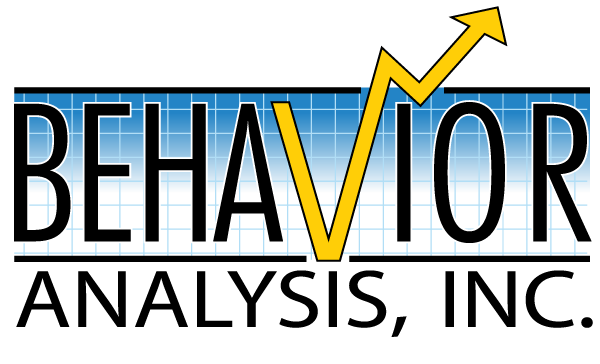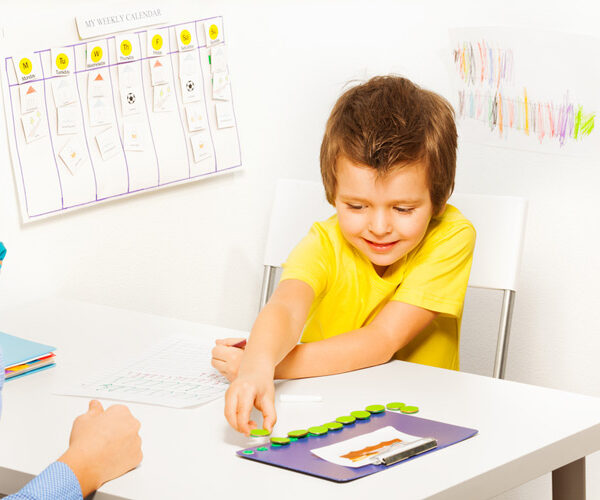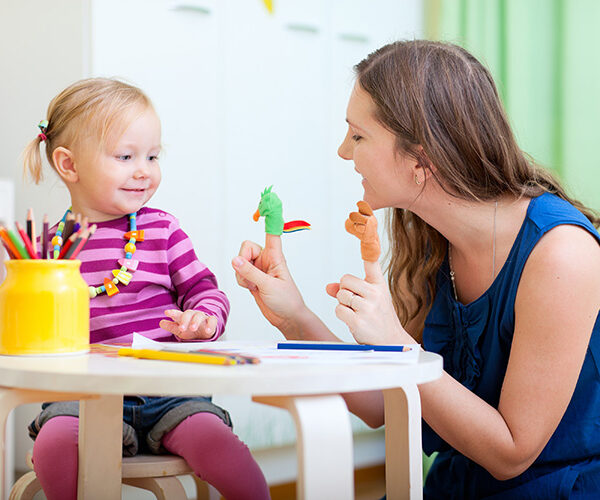Generally speaking, there are two main categories of consequences: obtaining something and escaping or avoiding something. Of course, the “something” within each of the categories is nearly limitless. However, with a bit of systematic observation, we can usually figure out the specific reason or reasons for the behavior. Below we will examine each of the causes of behavior.
Obtaining Something
Many problem behaviors occur because they produce access to desired (from the individual’s standpoint) consequences. This may occur even when unintended. For instance, a child may repeatedly cry and whine for a toy and her father may eventually “give in” and give her the toy. Although the father did not intend to strengthen crying and whining, she is now more likely to cry and whine the next time she wants a toy.
There are many events whose occurrence after a behavior can make that behavior occur more frequently again in the future. These rewards include attention (even “negative” attention), toys, food, drinks, smiles, hugs, television, games, music, books, and so on. The rewards can be provided by others or obtained by the person himself or herself. It is important to recognize that what may be rewarding to one person is not necessarily rewarding to another person. By carefully observing the behavior and its antecedents and consequences, we can figure out the reward(s) responsible for the problem behavior.
Avoiding Something
Some problem behaviors occur because they are successful in allowing the individual to escape or avoid something. Again, this may occur unintentionally. For example, a person may have a tantrum after being asked to clean his room (antecedent). If he is allowed to avoid cleaning his room (consequence) after the tantrum, he will be more likely to tantrum again when asked to clean the room.
There are numerous events whose escape or avoidance can strengthen behavior. Allowing escape or avoidance of household chores, academic tasks, changing activities, eating certain foods, going to bed, certain persons, physical contact, and so on can all increase the frequency of behavior problems. Again, careful and systematic observation of the antecedents, behavior, and consequences will help us figure out exactly what the person is trying to escape or avoid.
Sometimes the person will exhibit different problem behaviors for different reasons. For example, a child may scream and cry to avoid going to bed but may fall to the floor and kick to have his mother come and pick him up. It is also possible that the same behavior may occur for different reasons at different times. For instance, a young child may cry to gain attention from her parents and may cry at other times to avoid having to pick up her toys. We must know both reasons if we are to develop a comprehensive treatment plan.
As we mentioned above, careful observation is necessary to truly understand the reason for the problem behavior. Although your therapist will ask you questions about the behavior and its antecedents and consequences, there is no substitute for observing behavior directly. When the therapist cannot directly observe the behavior occurring or if the therapist is unsure about the reason(s) for the behavior, you may be asked to write down your observations about the ABC’s of the behavior. You will be given data sheets to guide you observations and will be trained to complete the data sheets accurately. Sometimes, even with these observations, we do not get a clear picture of the behavior and its antecedents and consequences. In this case, your therapist may have to conduct a small experiment where certain antecedents and consequences are presented and any change in behavior noted.
This may seem like a lot of work. It is! But developing a treatment without knowing (or at least strongly suspecting) the cause is unethical and not likely to be effective. This will waste everyone’s time and money. Basing our intervention on known causes of behavior will increase the likelihood of developing an effective intervention the first time around. It will also facilitate the use of less intrusive and more humane treatment procedures.
Another reason for carefully determining the cause of behavior is that this will allow us to find a behavior to replace the unwanted behavior. We do not simply want to stop the problem behavior; we want to replace it with something useful for the person. If the person is behaving to obtain something, we want to teach him or her appropriate ways to get what is desired. If the person is behaving to escape or avoid something, we want to teach him or her alternative ways of escaping or avoiding the undesired event. Teaching alternative behavior is central to our approach.
You can see that we have made no reference to inferred inner activities such as what the person is thinking or feeling. We don’t need to appeal to these events because, ultimately, these must be explained by looking at the person’s environment. Such an approach has been highly successful for tens of thousands of people, and this person should be no exception.
Behavior Analysis Inc
Call Behavior Analysis Inc, for more information and schedule an appointment with one of our therapist at 954-577-7790







Recent Comments